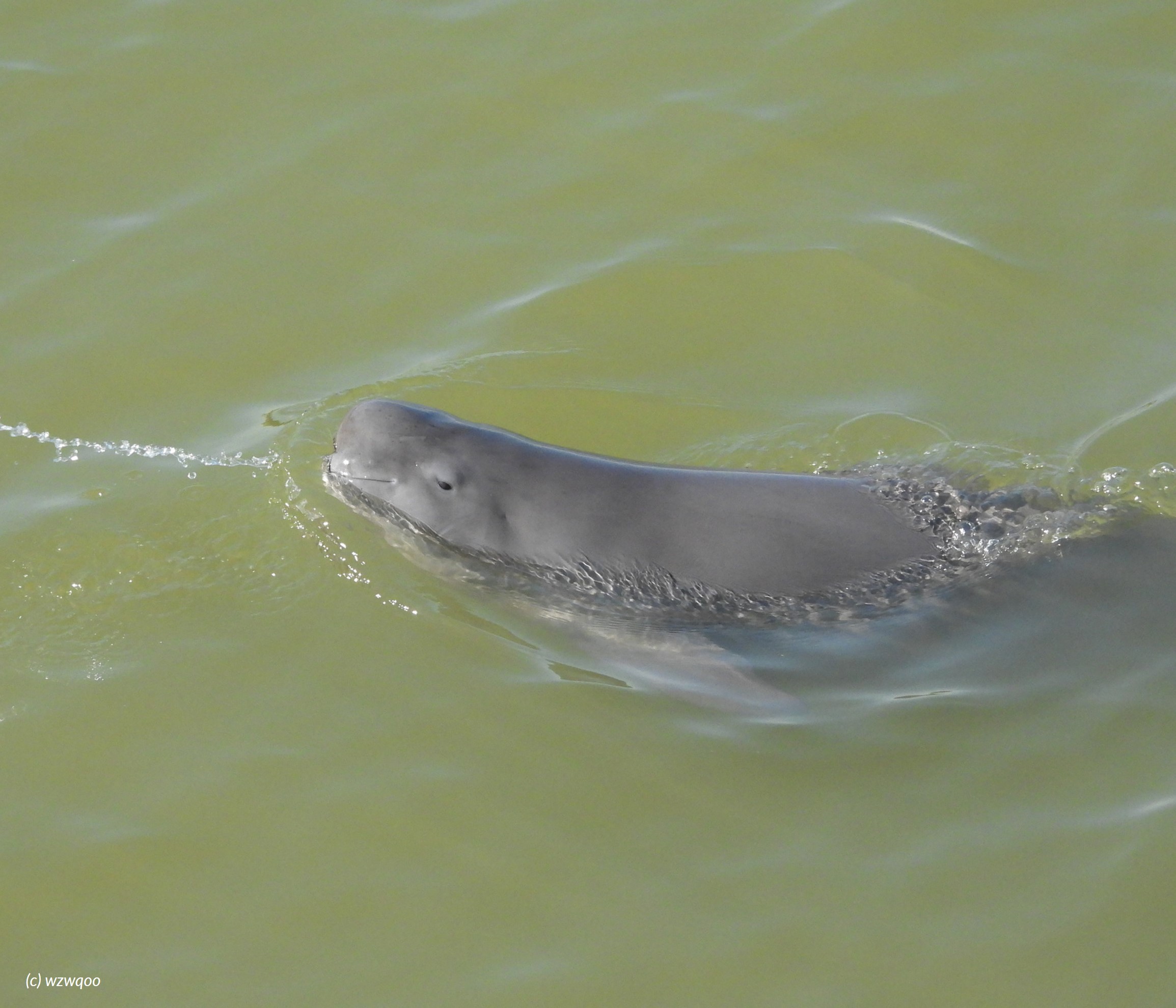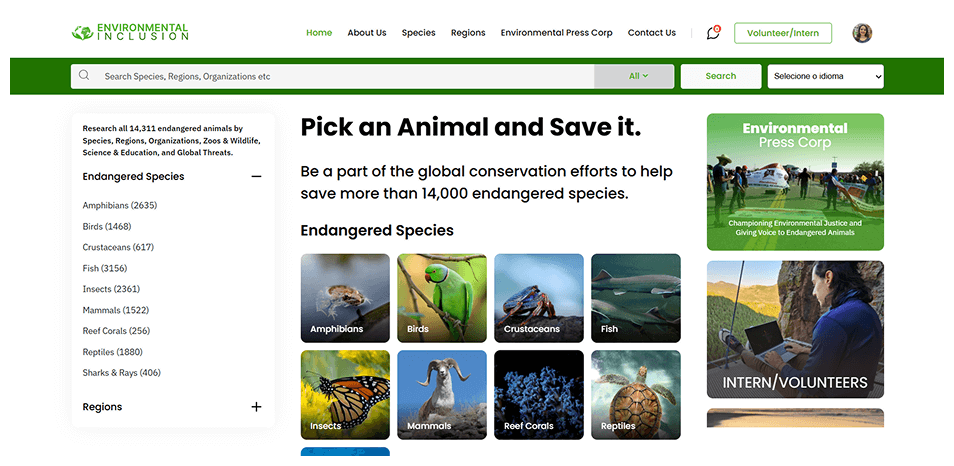Cautious hope on the yangtze: breeding and releases give china’s finless porpoise a lift

On a still morning at Wuhan’s Institute of Hydrobiology, a group of gray, beaming faces circle a training pool like punctuation marks in motion. These are Yangtze finless porpoises—the world’s only freshwater porpoise—and they’re at the center of a recovery push that finally shows signs of paying off. After decades of decline, scientists in China report modest population gains, new pregnancies in captivity, and carefully planned releases that return rehabilitated animals to protected stretches of the river. It’s not a comeback yet—but it’s the first sustained momentum the species has seen in years. In September reporting from Wuhan, researchers said porpoise numbers in the Yangtze have edged up to about 1,300, reversing a slide that saw populations fall from more than 2,500 in the 1990s to just over 1,000 by 2017. The improvement is widely linked to China’s 10-year fishing ban, codified under the Yangtze River Protection Law and tightened by State Council guidance in 2024, which has helped fish stocks rebound and reduced bycatch—a critical threat to the porpoise. Enforcement is far from trivial: authorities patrol thousands of kilometers of water to keep illegal nets out of the system. Breeding efforts at the Institute offer a parallel track of hope. In August, the Chinese Academy of Sciences announced that two female porpoises are pregnant, part of a long-running program that pairs veterinary care with behavioral training to prepare animals for life in semi-natural and natural settings. Ultrasound imaging, bloodwork, and hands-off husbandry are standard; the goal is to keep animals wild in every way that matters, even as they receive medical care. The highest-profile news this year came from the field: a peer-reviewed study detailed how two male finless porpoises were released after an acclimation period and tracked as they adapted to a protected branch of the Yangtze. The team used health checks, microchips, and post-release monitoring to confirm foraging and movement patterns—evidence that carefully chosen individuals can thrive outside intensive care. The work builds on decades at the Tian-e-Zhou oxbow sanctuary, a semi-natural reserve that has served as a stepping-stone between captivity and the river proper. None of this erases the species’ peril. Yangtze finless porpoise are classified as Critically Endangered, a status unchanged since the Yangtze’s other cetacean, the baiji dolphin, was declared functionally extinct in 2006. That loss still haunts river biologists; it’s the cautionary tale that drives today’s urgency. Ship traffic, noise, and habitat fragmentation remain constant pressures on a waterway that carries billions of tons of cargo each year. Scientists argue that the fishing ban must be paired with tighter shipping safeguards—from speed management to quieter propellers—if gains are to stick. What’s different now is the integration of tools. Managers combine policy (the fishing moratorium), ex-situ breeding and veterinary care, semi-natural refuges, and targeted reintroductions—plus better underwater acoustics to find and follow porpoises in the murky river. Xinhua profiled new tech that drags a “listening” array behind research vessels to map porpoise hotspots; that data feeds back into patrol plans and traffic discussions with ports. It’s a systems approach, and for a species that lives at low density across a huge river, that’s exactly what’s required. So what should readers watch next? Three markers will tell us if “cautious gains” become a genuine recovery: (1) consistent calf survival in the wild and in semi-natural reserves, not just pregnancies in care; (2) more releases that demonstrate survival and site fidelity over multiple seasons; and (3) policy follow-through—maintaining the fishing ban, plus reasonable shipping measures—through the late 2020s. The porpoise is a barometer; if it holds steady or rises, Yangtze ecology is trending in the right direction.
Photos and Videos

Explore More
To read more about this species and 14,000 other species around the world come to our website, register and explore more courageous stories like this one.
Pick an Animal and Save It